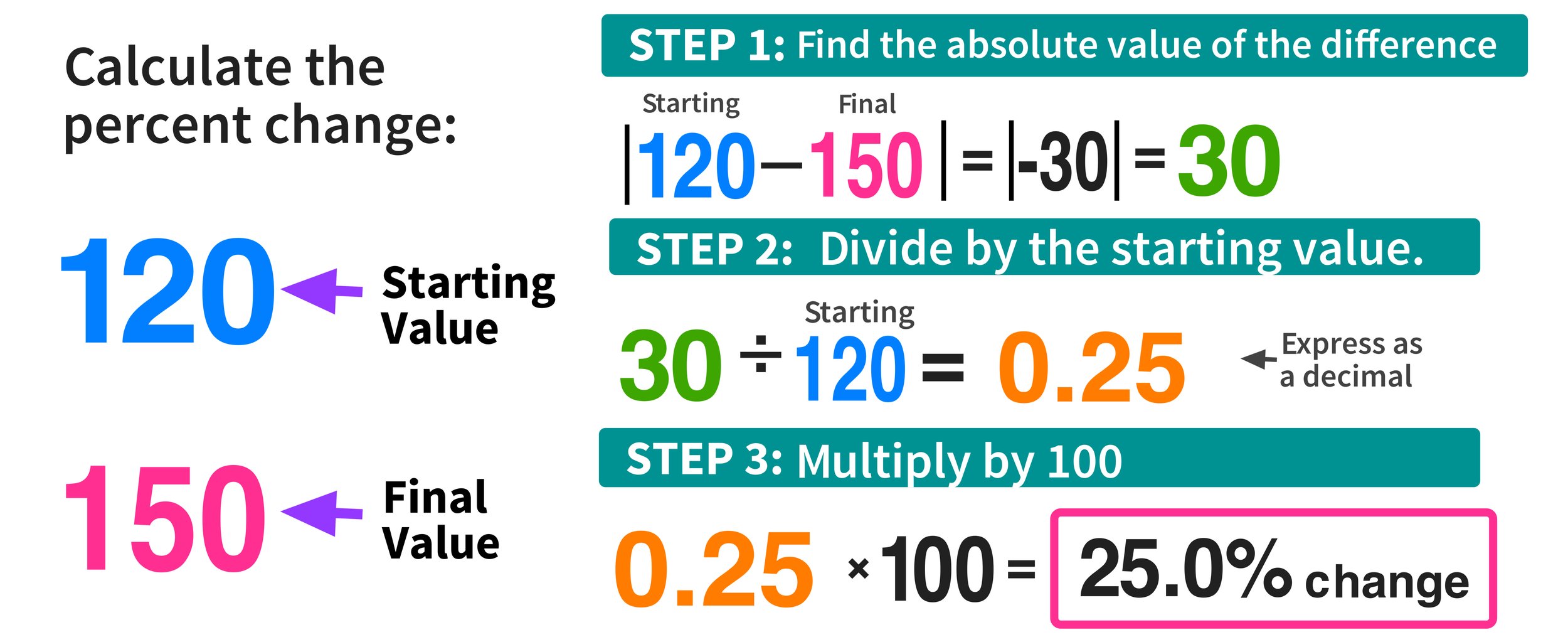130 Out Of 150 As A Percentage

Imagine a classroom buzzing with the quiet energy of anticipation. Sunlight streams through the windows, illuminating focused faces bent over exam papers. The air is thick with the scent of freshly sharpened pencils and the quiet rustle of turning pages.
Now, picture the moment of truth: the teacher announces the results. 130 out of 150 students have passed with flying colors. What does this mean, exactly? More importantly, what story does this number tell about effort, dedication, and the pursuit of knowledge?
At its core, 130 out of 150, expressed as a percentage, translates to 86.67%. This number isn't just a statistic; it's a powerful indicator of success, proficiency, and the collective hard work of individuals striving to reach their potential.
Decoding the Percentage: A Closer Look
Percentages are ubiquitous, appearing in everything from exam scores to business reports, and even in the news. They offer a standardized way to understand proportions and compare different quantities. The concept is rooted in the idea of expressing a number as a fraction of 100.
To calculate a percentage, you divide the part (in this case, 130) by the whole (150) and then multiply by 100. The formula is quite straightforward: (Part / Whole) x 100 = Percentage.
Therefore, (130 / 150) x 100 = 86.67%. That gives us the 86.67% which then gives meaning to the performance.
The Significance of 86.67%
An 86.67% success rate is generally regarded as very good. In academic settings, it could translate to a grade of B+ or A-, depending on the grading scale used. This implies a strong grasp of the material and a consistent effort in studies.
In a business context, an 86.67% success rate on a project or initiative would likely be viewed favorably. It would reflect well on the team's planning, execution, and problem-solving abilities.
Even outside education or business, consider medical trials, 86.67% could represent the efficacy rate of a new drug, which would then be considered a very successful drug.
Beyond the Numbers: Real-World Implications
While the percentage itself is informative, it's crucial to consider the context in which it's presented. Let's consider various scenarios where this percentage might surface and what it could mean.
Academic Performance
Imagine a class of aspiring engineers. Achieving an 86.67% pass rate on a crucial exam suggests that the majority of students have a solid understanding of the foundational concepts. This could lead to greater confidence in their ability to tackle more advanced coursework.
However, it is also important to acknowledge that there is a 13.33% fail rate. This failure rate prompts intervention and reflection to ensure that no student is left behind. Did the students have enough support? Was the exam too difficult?
Addressing these questions promotes continual development, and helps the students improve their knowledge for upcoming tests.
Business and Project Management
In the business world, a project completion rate of 86.67% is often seen as a sign of effective project management. It implies that the team has successfully navigated potential obstacles and delivered on the majority of its objectives. But the devil is in the details.
For example, if that 13.33% accounts for a major delay or cost overruns, it could significantly tarnish the overall success. Project managers carefully weigh all these factors, understanding that the percentage only presents a partial picture.
In the scenario where this percentage represents a customer satisfaction score, then a business might be eager to invest more to improve it, due to the significance of customer retention.
Public Health
Consider a vaccination program aiming to achieve herd immunity. An 86.67% vaccination rate indicates significant progress toward protecting the community from a contagious disease. Herd immunity depends on reaching a critical threshold, typically around 90-95% for highly contagious diseases like measles.
While 86.67% is a substantial achievement, health officials may still need to implement targeted campaigns to reach the remaining population. Public Health is a crucial concern. These targeted campaigns address hesitancy and ensure equitable access to vaccinations.
Therefore, it's essential to understand the implications of falling short of complete coverage.
The Human Element: Stories Behind the Numbers
Ultimately, behind every percentage lies a story of individual effort, teamwork, and resilience. While the number provides a quantitative measure, it's important to acknowledge the human element that drives these outcomes.
Think about the students who diligently studied, supporting each other through late-night study sessions. Their collective dedication contributed to the impressive pass rate.
Consider the project team that overcame unexpected setbacks through creative problem-solving and effective communication. Their collaborative spirit enabled them to achieve a high level of success.
Conclusion: Percentage as a Starting Point
130 out of 150, or 86.67%, is more than just a number. It represents a snapshot of success, performance, and progress in a particular context. It can be a benchmark to be surpassed or a starting point for deeper analysis and understanding.
Remember to always consider the context. The percentage becomes truly meaningful when you examine the factors that contributed to it and the implications it has for the future.
As you encounter percentages in your daily life, take a moment to appreciate the story they tell and the potential they hold for driving positive change. Understanding the deeper context is essential to gain a holistic view.














![130 Out Of 150 As A Percentage What is 10 Percent of 1500? = 150 [With 2 Solutions]](https://timehackhero.com/wp-content/uploads/2024/01/What-is-10-Percent-of-1500-150-With-2-Solutions.png)



